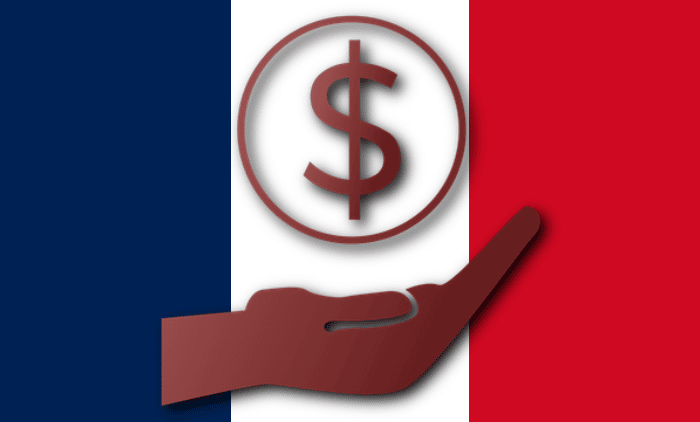Why it matters. Five questions about VAT, this indirect tax which is celebrating its 70th anniversary
[ad_1]
The Value Added Tax celebrates its 70 years of service in France this Wednesday. Here are five questions to fully understand the role of this indirect tax, created in 1954, which weighs on your finances.
Who pays it?
It is the final consumer who pays VAT. If you look at your receipts and invoices, you will see the price excluding taxes (HT), which corresponds to the seller’s remuneration, and the price including taxes (TTC), which includes the amount of VAT.
The seller of the product or service is therefore responsible for collecting this tax and remitting it to the State. When there are several intermediaries, for example between a wholesaler and a retailer, a system of deductions is put in place so as not to pay the tax several times.
What are its different rates?
There are four types of VAT rates:
- The standard or normal rate, set at 20%, levied on most products and services;
- The intermediate rate, set at 10%, in particular for catering, the sale of prepared meals and transport, accommodation in hotels, furnished rentals or classified campsites, renovation and maintenance work on housing, non-reimbursable medicines , entry fees to cinemas, funfairs, museums, cultural sites, exhibitions, etc.
- The reduced rate, set at 5.5%, for products considered essential such as certain food products, services and equipment intended for disabled or dependent elderly people, school canteens, electricity and gas subscriptions or even energy improvement work in housing. In 2013, this rate was reapplied to books and ticketing for live shows.
- The super reduced rate, set at 2.1%, for the press or medicines reimbursed by Social Security. Special reduced rates also apply in Overseas Territories and, for certain products, in Corsica.
What products are exempt from VAT?
Almost all products are subject to VAT, but there are exceptions. This is the case for tax or postal stamps.
Exports are also not subject to VAT, in the same way as courses or private lessons, most banking, financial and insurance operations, medical activities as well as most residential rentals.
What does it bring to the State?
According to the Senate Finance Committee, in a general report to the draft finance law (PLF) for 2024 presented last November, the Value Added Tax should again this year constitute the tax bringing in the most revenue for the French State, with an amount of nearly 100 billion d ‘net euros.
By way of comparison, income tax, directly levied on salaries, should represent a profit of 94 billion euros in 2024. In 2023, total state revenues amounted to 516 billion euros .
In which countries is it applied?
VAT, created in 1954, is a French invention applying today in nearly 30 countries, mainly in Europe and notably throughout the European Union.
According to European rules, the standard VAT rate cannot be lower than 15%. This rate is lowest in Luxembourg, at 16%, while Hungary has a rate of 27%. France is therefore in the low average with its 20% standard rates.
[ad_2]
Source link

